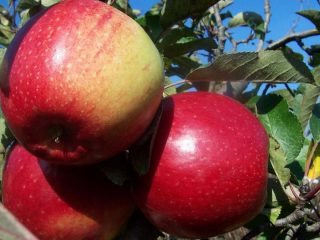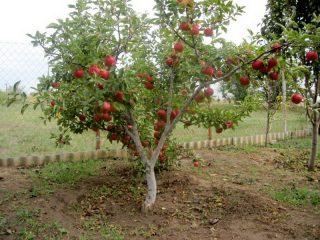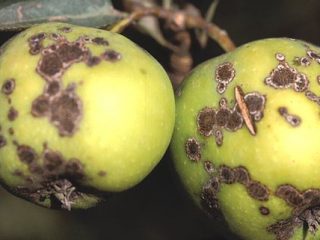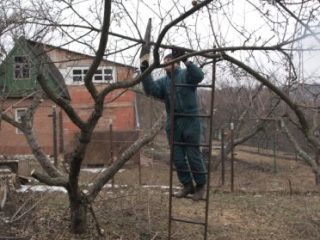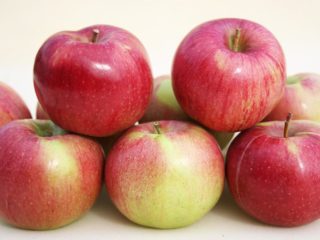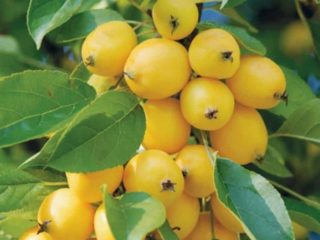Content
The apple tree variety Geneva Earley has proven itself to be high-yielding and early ripening. He was bred relatively recently, but has already managed to win the love of many Russian residents. Thanks to their early ripening and pleasant sweet and sour taste, apples are in great demand, and are already eaten by autumn.
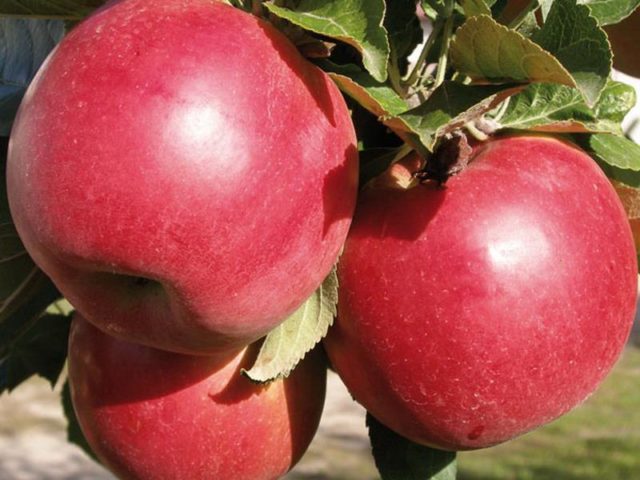
The bright color of Geneva Early apples attracts birds, often causing damage to the fruit while still on the tree.
History of selection
The Geneva Early apple variety was bred by breeders at the American Geneva testing station in 1964. It was obtained during cross-pollination of Cuban varieties. For this purpose, special foreign species were selected, characterized by large red fruits, and local ones, which are adapted to a cool climate and early ripening. As a result of crossing the Quinti and Julired varieties, 176 seedlings were obtained, among which sample NY 444 was isolated, later renamed Geneva Early. Geneva Earley became widespread in America in 1982.
In Russia, the variety was registered only in 2017. The originator was stated to be Belogorye Gardens LLC.
Description of the Geneva apple tree with photo
The Geneva Early apple tree is usually characterized as medium-sized. But a lot depends on the rootstock, so it can sometimes be described as vigorous. The harvest is produced mainly on simple and complex ringlets. In warm areas, fruiting of the variety can occur on last year's growth.
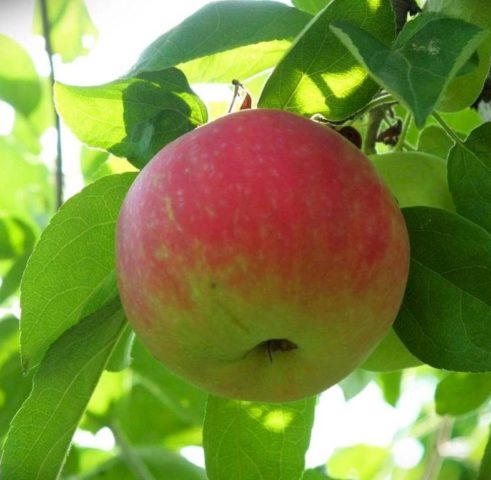
Basically, only the upper parts of the apple are red, this indicates that the sun hit these areas
The Geneva Early variety is characterized as a table variety. The high content of pectin in apples allows not only to eat them fresh, but also to prepare delicious jelly, various types of mousses and marmalade. Their spicy notes make for a delicious, aromatic wine or cider. In addition, dried fruits of the Geneva Early variety are used to make juices, compotes and jam.
Appearance of fruit and tree
The height of the tree is from 3.5 to 5 m. The crown is dense, round, and has a wide pyramidal shape. The branches grow compactly, extending from the trunk at an angle close to straight. They are drooping and often crooked. Their number depends on the height of the tree: on high branches there are many, on low branches there are fewer. The height can be determined independently by annual pruning. The shoots are covered with a low dense edge, of medium thickness.
The foliage is dark green. The leaf shape is oblong, with a wavy-serrate edge, pointed towards the end. Its base is arcuate, its apex is sharp. On the reverse side the leaves are heavily pubescent. The inflorescences are white-pink, five-leaved, saucer-shaped. Flowering occurs early. The petals are slightly wavy at the edges.
The weight of apples ranges from 150 to 170 g (however, according to the State Register, it is 90 g), they are 8 cm in diameter. Color – yellow-green, with pink blush. The shape is conical-round, sometimes round-flat. The skin is smooth and shiny, there is a slight white waxy coating. Subcutaneous points are small and inconspicuous. The funnel is of medium size, not too deep, without a “rusty” coating. The pulp is light, juicy and aromatic. In the photo below you can clearly see the description of Geneva Early apples:
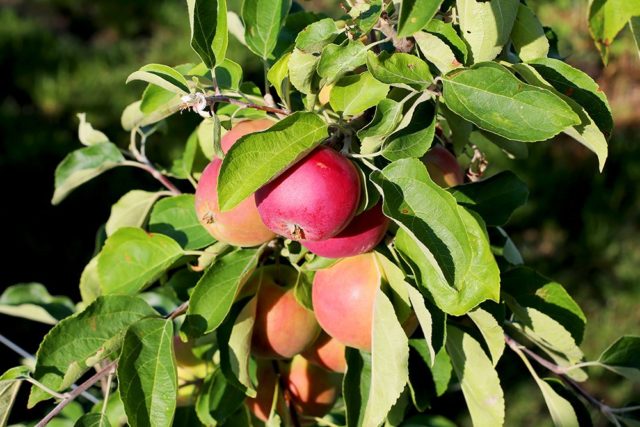
On a branch, apples are arranged in a bunch of 4-5 pieces.
Lifespan
Over 1 year, the growth of branches is 1.5-2 cm. With correct and timely pruning of the crown, a mature tree will reach about 4 m. Stable care will ensure an annual harvest for 15-20 years in advance.
Taste
The pulp is juicy, crisp, semi-oily. The consistency is medium-dense, interspersed with small grains. Its tasting scores range from 4.1 to 4.7 (out of a possible 5). The aroma of apples is pronounced, the taste is rich, sweet and sour, well balanced, with spicy wine undertones.
Growing regions
Growing apple trees of the Geneva Early variety is recommended in the Central Black Earth region, namely: in the Oryol, Voronezh, Lipetsk, Tambov, Kursk, and Belgorod regions.
The advantage of planting the Geneva Early apple tree is confirmed not only by photos of the fruit or the description of the variety by the originator, but also by real reviews. Consumers claim that the warmer and milder the climate, the more comfortable the tree will be, and the sweeter and larger the fruits will grow.
Productivity
The crop is characterized by high early fruiting: the first harvest can be harvested even in the year of planting. But it will be more beneficial for the tree if the flowers are picked.Thus, all forces will go into the growth and strengthening of the seedling and its rhizomes.
Fruiting is annual, regular. The first harvest is approximately 5 kg. One tree up to 10 years old produces about 50 kg per season, an adult - up to 130 kg. The average yield per hectare is 152 centners. The description of the harvest of Geneva Early apples from 1 adult tree is clearly shown in the photo below:
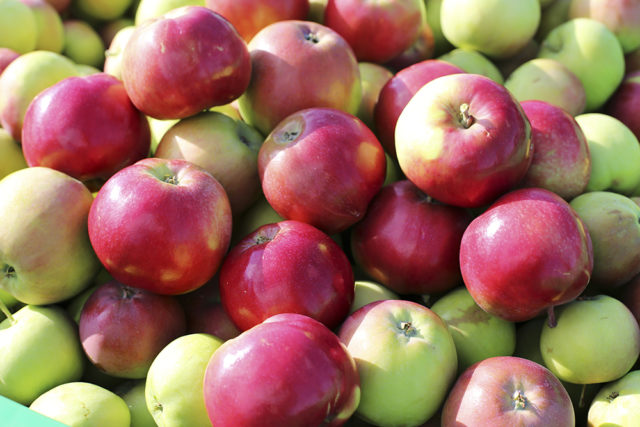
Red peel indicates a large amount of vitamin C in apples.
Frost resistance
The Geneva Earley variety is one of the best among early ripening varieties in terms of winter hardiness. The tree can withstand negative temperatures down to -29 OC. In addition, the culture tolerates hot, dry summers well. But in this case, the yield and size of the fruit will decrease.
Resistance to diseases and pests
The Geneva Early variety is immune to most diseases of fruit trees. The most common disease is scab. This fungus attacks weakened trees and settles on damaged leaves or branches. The fight against it includes spraying with preparations containing copper. The procedure is carried out both in the fight against the disease and for preventive purposes. Treatment is carried out three times: before and after flowering, and after full harvest.
Flowering period and ripening period
The Geneva Early apple tree blooms early. Pollen has good viability. Geneva Early flowers can withstand even late spring frosts.
Fruiting is record early, 7-10 days ahead of Belyi naliv.In the southern regions, the first apples are harvested in mid-July, in latitudes to the north - from the end of July.

Neighborhood with other tall trees will darken the area, which will have a bad effect on the size and taste of apples
Pollinators
The Geneva Early apple tree is not self-fertile and requires pollinators. Due to early flowering, only a few are suitable. The best were recognized: Discovery, Grushevka Moskovskaya, Celeste, Idared, Delicatessen. In addition to them, it is possible to be adjacent to the varieties James Grieve, Golden Delicious, Elstar, Gloucester, Ambassi.
Transportation and keeping quality
In the description of the Geneva Early apple variety, it is important to mention that the fruits do not tolerate transportation and storage well. Shelf life in the basement is 2 weeks, storage in the refrigerator in the department for vegetables and fruits reaches 3 weeks. The best way to consume it is fresh, soon after collection.
Advantages and disadvantages
The main advantage of the Geneva Early apple tree is its early fruiting. While other varieties are just beginning to ripen, Geneva Earley apples can already be enjoyed.
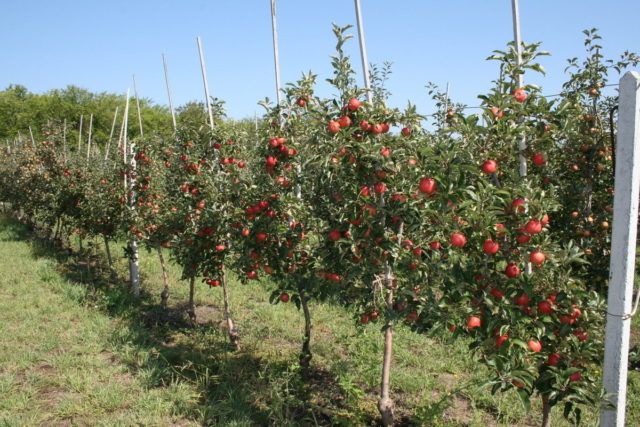
After the winter cold, you want as much fresh fruit as possible, so apples don’t sit in the refrigerator
Pros:
- annual yield;
- the first harvest of fruits occurs in the first 2-3 years;
- bright beautiful peel;
- harvesting is gradual, and can occur up to 4 times in 1 season;
- resistance to diseases and pests, in particular to powdery mildew;
- tolerates cold and heat well;
- pleasant sweet and sour taste;
- versatility in use.
Minuses:
- need for proximity to a pollinator;
- poor transportability;
- poor keeping quality.
Planting and care
Geneva Early apple trees are planted in spring or autumn.The latter is preferable, since the tree will have enough time to acclimatize and gain strength. The optimal time is the beginning of October or the end of March.
The Geneva Early variety needs fertile black soil. The soil should be loose and fertilized. The place for the seedling should be sunny, in an open area.
Algorithm of actions:
- Dig a hole. The depth should be about 1 m, width up to 80 cm. Place nitrogen-containing fertilizers, wood ash and manure at the bottom of the hole. Let the pit sit for several weeks.
- Drive a long stake into the middle of the hole. The trunk of a young tree will subsequently be tied to it.
- Dip the roots of a young seedling into a clay solution before planting.
- Place the seedling in the center of the hole, bury it with fertilized soil, and compact it.
- Water the tree well and tie it to the trellis.
Caring for an apple tree of the Geneva Early variety includes:
Watering | For 1 season, 4 waterings will be required: during the growing season, during flowering, fruit ripening, and after harvesting. At one time you will need 10 liters of warm, preferably rainwater. |
Fertilizing the soil | During the growing season, the tree needs nitrogen-containing fertilizers, and during flowering and fruiting - with potassium and phosphorus. |
Loosening | It is carried out several times a month, as well as after the full harvest. After loosening, add mulch. |
Whitewashing the trunk | Treatment is carried out with lime or garden paint. |
Disease Prevention | Carry out routine treatment with fungicides and copper-containing preparations. |
Crown formation | In autumn, dry and damaged branches are pruned. In spring, lower and densely growing shoots should be removed.The 4 strongest branches should be left on the 1st tier, everything else should be cut off. |
Collection and storage
Harvesting from Geneva Early apple trees begins in the 2nd half of July and lasts until the end of August. It takes place in several passes, which is convenient for small farms or private gardeners, but expensive for large companies. In total, 2-3 collection procedures are carried out. According to reviews of Geneva Earley apples, if you do not pick them from the trees in time, they will begin to crumble. Due to mechanical damage, fruit cracking, rotting, and loss of taste occur. The fruits are stored only for immediate consumption, no more than 3 weeks.
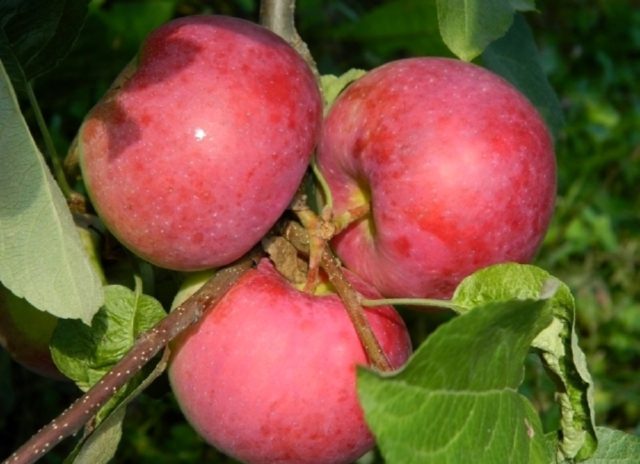
Sourness in taste can be a winner: jam, pastille and homemade charlotte will please everyone
Conclusion
The Geneva Early apple tree variety is great for children. The fruits ripen early, they are tasty and sweet. Thanks to these properties, long-term storage in the basement or refrigerator is pointless, since the crop is eaten long before the end of the season. Caring for the crop involves several simple steps, which makes the Geneva Early tree invaluable.
